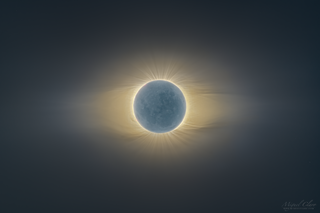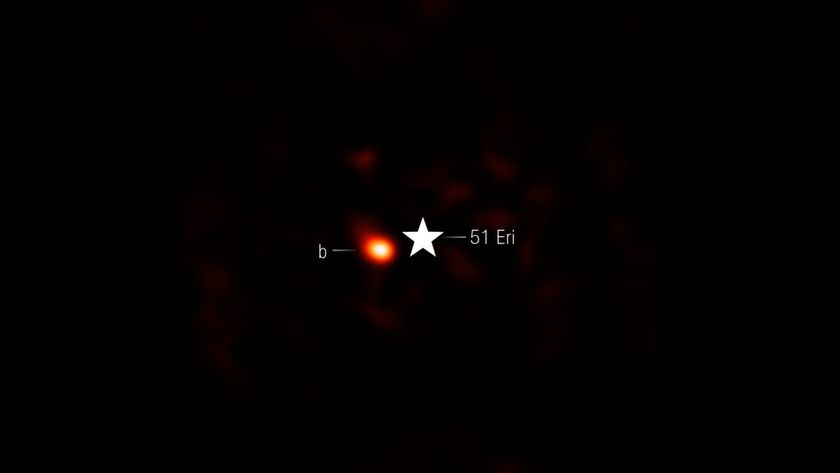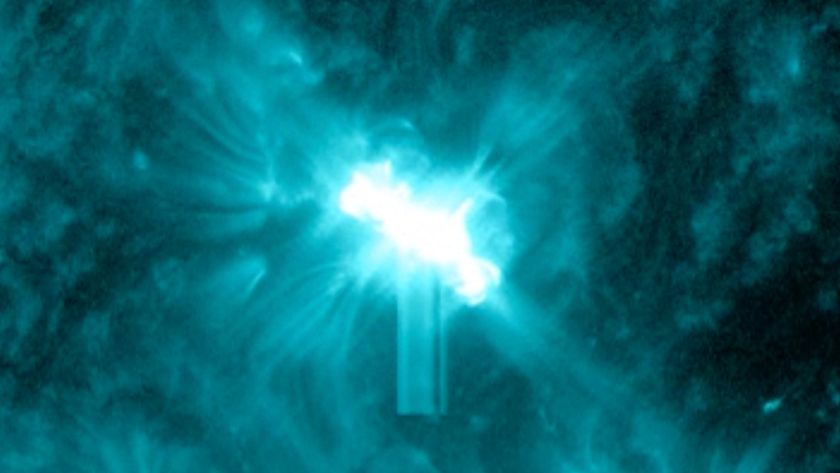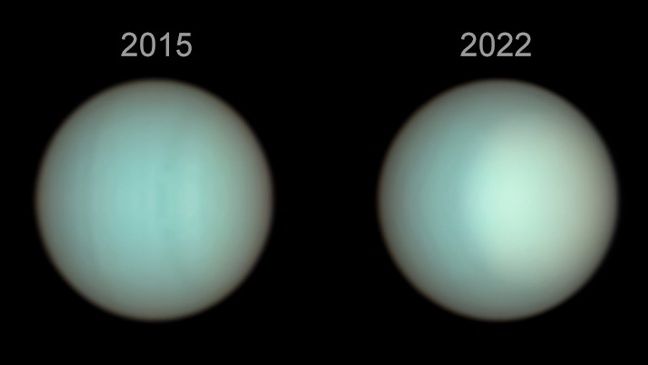Earthshine's Faint Illumination of the Moon Captured in Glorious Eclipse Photo

Miguel Claro is a professional photographer, author and science communicator based in Lisbon, Portugal, who creates spectacular images of the night sky. As a European Southern Observatory photo ambassador, a member of The World At Night and the official astrophotographer of the Dark Sky Alqueva Reserve, he specializes in astronomical "skyscapes" that connect Earth and the night sky. Join him here as he takes us through his photograph "Moon Earthshine and Sun's Corona in All of Its Glory."
One of the most mesmerising things about viewing and photographing a total solar eclipse is the light visible from the sun's inner corona. This reveals fine structures and curved lines created by the strong magnetic fields, as well as the faint, white light that extends far out into space, known as the sun's outer corona.
On July 2, thousands of people in Chile and Argentina witnessed the rare moment when the moon passes directly in front of the sun, providing a glimpse of the wispy corona, as well as some prominences, or loops of glowing plasma visible around the sun's edge. These phenomena can be studied only during solar eclipses, when the moon is completely blocking the sun, because the sun's bright light otherwise makes the features impossible to observe.
Related: Total Solar Eclipse Offered Rare Opportunity to Predict Sun's Corona
Another interesting phenomenon is the lunar earthshine, or the faint, reflected light from Earth that illuminates the moon's dark disk. While earthshine is too dim to be visible with our naked eyes during solar eclipses, it can be revealed by a photographic long exposure.
The image above is a result of a series of shots taken with different exposures over the course of 2 minutes and combined to reveal a greater range of light than is visible with the human eye. The sequence was captured in the small town of Lambert, located about 19 miles (30 kilometers) northeast of La Serena, Chile, using a Nikon D850 camera with a 600-millimeter (24 inches) lens and a Star Adventurer portable mount.
Editor's note: If you have an amazing night-sky photo you'd like to share with us and our news partners for a possible story or image gallery, please contact managing editor Tariq Malik at spacephotos@space.com.
Get the Space.com Newsletter
Breaking space news, the latest updates on rocket launches, skywatching events and more!
- The Sun's Corona, A Fiery Halo, Is Still a Mystery to Scientists
- 'Earthshine' Lights the Way to a Saturn Moon in Stunning Night-Sky Photo
- How to Catch the Next Eclipse: A List of Solar and Lunar Eclipses in 2020 and Beyond
To have a print of Claro's amazing astrophotography, visit his Fine Art Print store at www.miguelclaro.com/prints. Follow us on Twitter @Spacedotcom and on Facebook.

Join our Space Forums to keep talking space on the latest missions, night sky and more! And if you have a news tip, correction or comment, let us know at: community@space.com.












